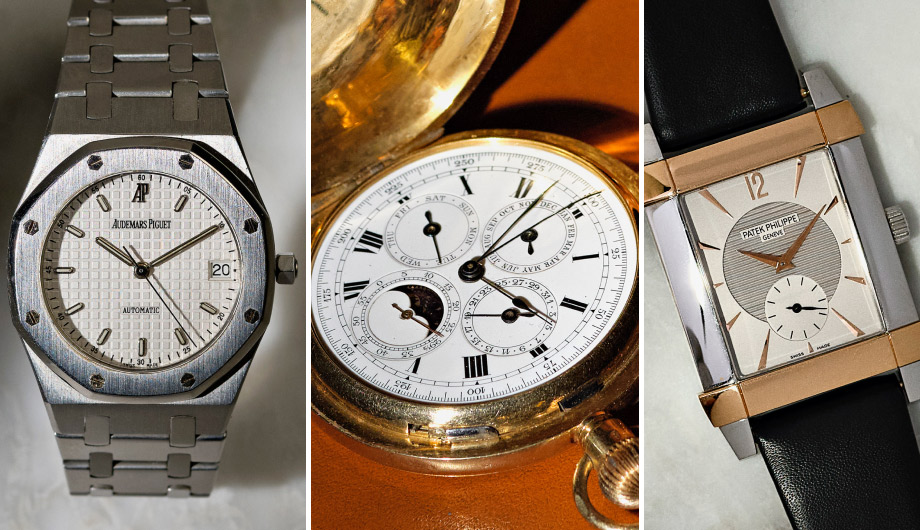High beat watch movements – A story of innovation
Throughout the 1960s and -70s, watchmakers around the world embraced different technologies in their efforts to produce ever more accurate timepieces. New designs, new materials and new technologies such as miniature tuning forks and quartz crystals were all employed in a veritable arms race of development.
Starting in the late 1950s with observatory competition chronometers and later in the mid-60s transferred into wristwatches another approach was also explored, that of increasing the oscillating frequency of the movement beyond what had ever been achieved in a serial production timepiece to a frequency of 36.000 vibrations per hour (vph). The theory was that a faster balance swing would have less impact on timekeeping variations due to positional change and variation in temperature resulting in a more accurate watch under test conditions and during everyday wear. This was the basis of the “high-beat” watch and a little-known story of innovation that took place simultaneously in both Switzerland and Japan in the pursuit of timekeeping excellence.
Engineering and technological challenges
The challenges to design and build such a watch were significant, even by today’s standards. For example, more power had to be stored and transferred by the mainspring than even the highest beating movements of the day operating at 28.800 vph. High-beat watches had to have thicker mainsprings and consequently larger mainspring barrels in order to provide the extra power needed for the escapement if a power reserve of 40 hours was to be achieved. In addition, in general, the number of teeth in the escape wheel had to be increased. This, in turn, put increased strain on the drive train of the movement and the faster-moving movement components could not be lubricated with traditional oils which were quickly dispersed. Instead, dry lubricants based on molybdenum were required to mitigate increased wear.
Relative to the standards of the watch industry just then, major investments were put behind these development efforts and the resulting high-beat movements of this era represented the very peak of horological achievement in terms of design, engineering, and accuracy. But this era only lasted about a decade with the advent of quartz watches disrupting the entire mechanical watch industry and by the mid-1970s high-beat watches were no longer in production. Since then, however, at least three of the original high-beat manufacturers from the 1960s have reintroduced high-beat watches and these are now, once more, gaining popularity among collectors. There is something special about the feel of a high-beat watch when you handle it and when you listen to it closely. In most cases, these watches were paired with futuristic dials and cases and offered as the flagship models from the respective manufacturers.
The development collaboration between Swiss manufacturers
Sometime in the mid-sixties, it is reported that Eberhard, Favre Leuba, Girard Perregaux and Zodiac (as well as Doxa according to some sources) all contributed to the development of a high-beat watch movement through some form of collaboration. The “joint development” was based upon the Adolph Schild 1687/1688 ebauche and is believed to have focused on the automatic winding mechanism of the movement. Still, each manufacturer ultimately entered the market with a solution so different that there were four distinct movements. It was not even possible to interchange parts between them, so the degree to which there was any "joint development" is unclear. What is clear is that among these four collaborating companies, Girard-Perregaux succeeded in bringing the technology to market first


























